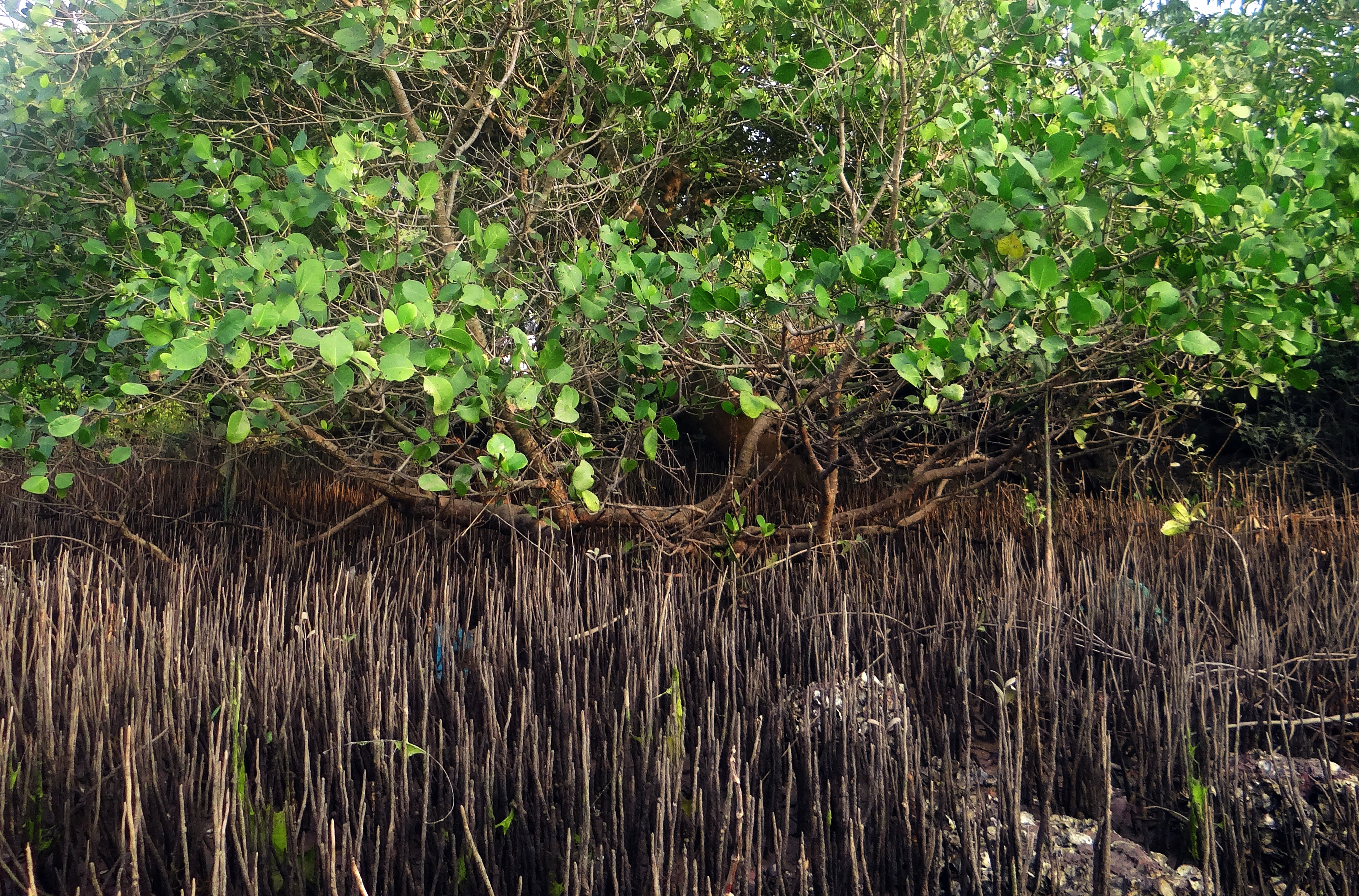Oceans and biodiversity “Save Our Mangroves Now!”
Mangrove forests are one of the most productive and species-rich biotopes in the world – in particular, they serve as a nursery for numerous species of fish and thus play an important part in the conservation of fish stocks while at the same time providing many coastal dwellers with a source of food and income.
In addition, mangrove forests form a natural barrier against storms and tsunamis, and they store between three and five times more carbon than terrestrial forests.
Despite all these valuable properties, the area of mangrove forest being lost each year currently averages more than 20,000 hectares.
To improve the protection of these valuable plants and their habitats, the BMZ has joined forces with the Worldwide Fund for Nature (WWF) and the International Union for Conservation of Nature (IUCN) to launch the initiative “Save Our Mangroves Now!”.
Further information is available here (External link).
